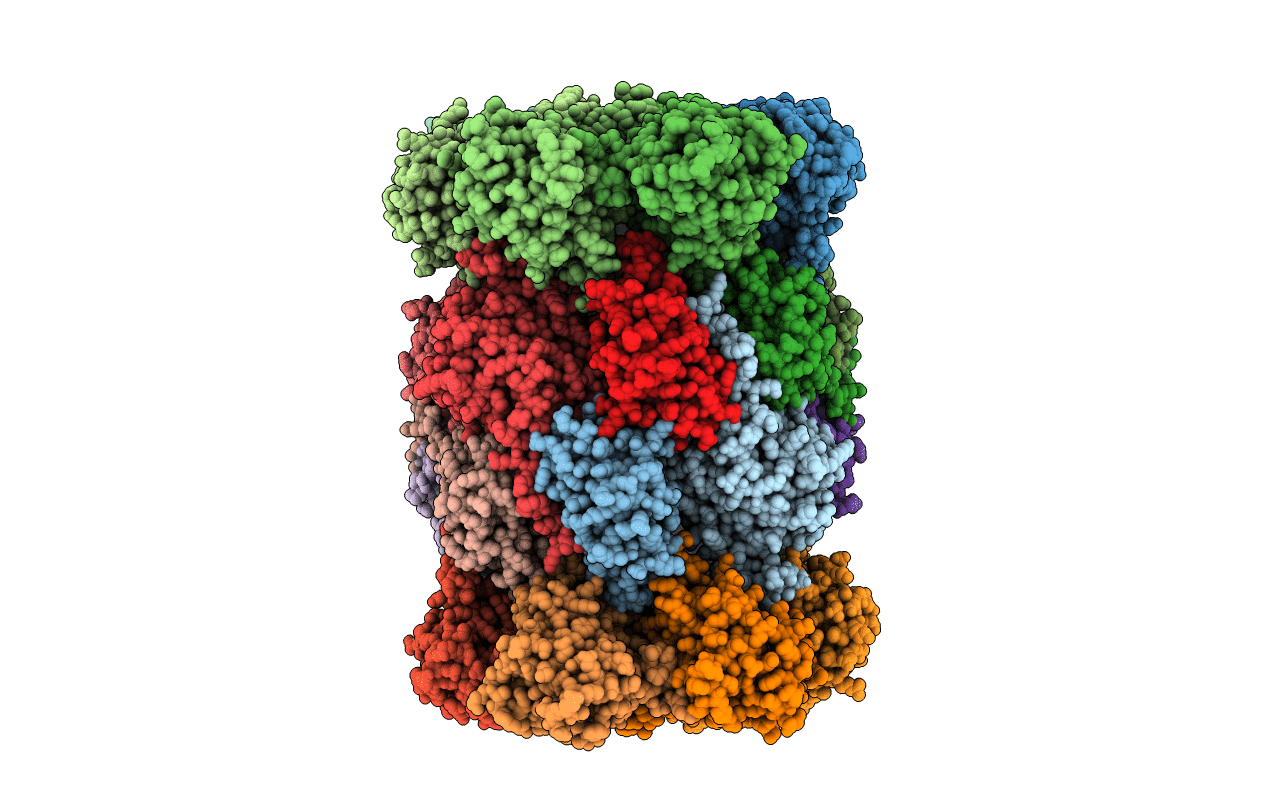
Deposition Date
2009-03-23
Release Date
2009-09-15
Last Version Date
2024-11-27
Entry Detail
PDB ID:
3GPW
Keywords:
Title:
Crystal structure of the yeast 20S proteasome in complex with Salinosporamide derivatives: irreversible inhibitor ligand
Biological Source:
Source Organism:
Saccharomyces cerevisiae (Taxon ID: 4932)
Method Details:
Experimental Method:
Resolution:
2.50 Å
R-Value Free:
0.25
R-Value Work:
0.23
R-Value Observed:
0.23
Space Group:
P 1 21 1


